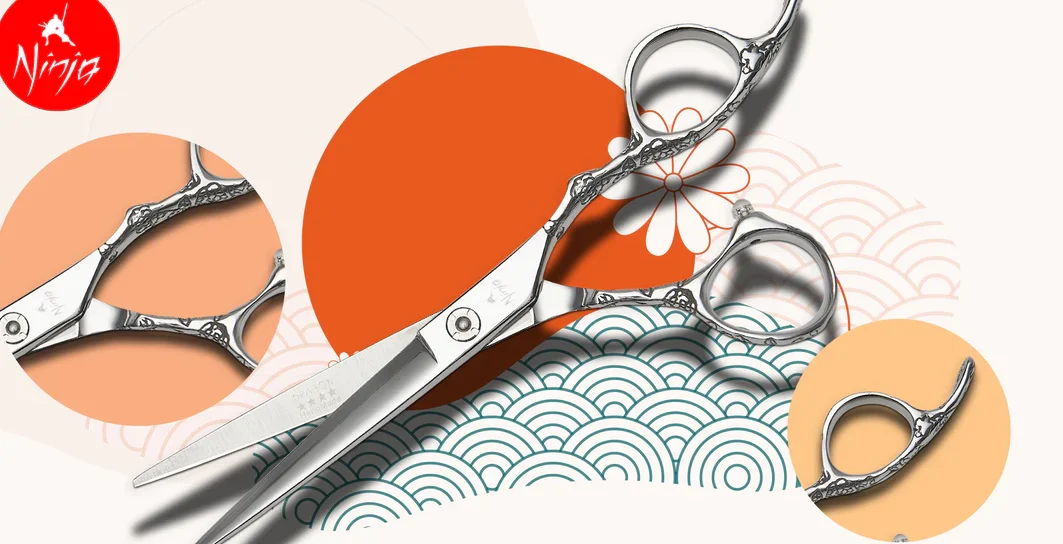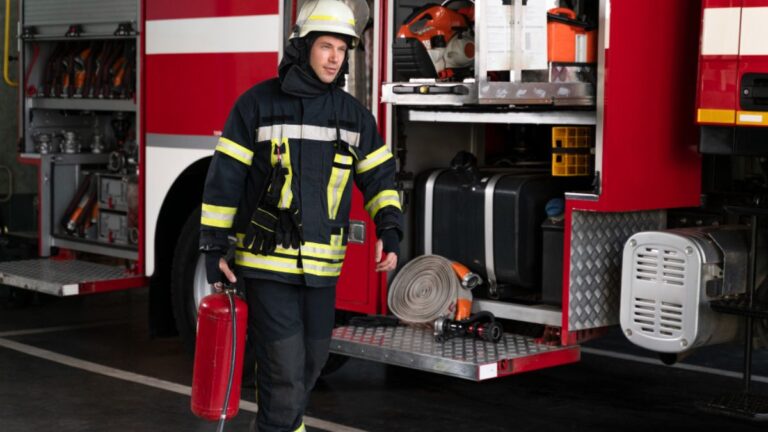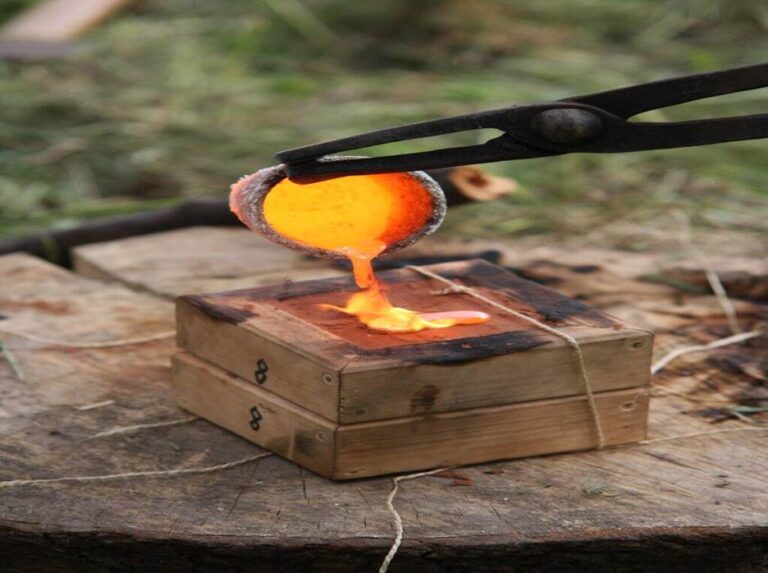The Ergonomics of Scissors Positioning: Protecting Your Hands and Wrist
Are you tired of experiencing hand and wrist pain while using scissors? Do you often find yourself struggling to maintain a comfortable grip or positioning? If so, you’re not alone. The ergonomics of scissors positioning is a topic that often gets overlooked, yet it plays a crucial role in protecting your hands and wrists from injury.
In this blog post, we will delve into the mechanics of scissoring and explore why proper scissors positioning is so important. We’ll debunk common myths surrounding this topic and provide practical tips for safely using scissors. Whether you’re an adult professional or a parent helping your child with crafts, understanding the correct techniques can make all the difference in preventing hand and wrist injuries.
But it doesn’t stop there! We’ll also discuss ergonomic factors to consider when choosing scissors, exercises for strengthening your hands and wrists, as well as proper maintenance and care to prolong the lifespan of your trusty cutting tool. So let’s dive right in! It’s time to master the art of safe scissor usage for optimal comfort and protection.
Understanding Scissoring and its Mechanics
Scissoring, as the name suggests, involves the motion of two blades coming together and opening apart like a pair of scissors. It is a fundamental movement used in various activities such as cutting paper, fabric, or even hair. Understanding the mechanics behind scissoring can help us grasp why proper positioning is essential.
When you squeeze the handles of a pair of scissors, the blades pivot at a central point called the fulcrum. This allows for controlled and precise cutting motions. The angle at which you hold your hand while using scissors determines how efficiently force is transferred to the blades. Hence, finding an optimal hand position plays a vital role in reducing strain on your hands and wrists during prolonged use.
Remember: mastering scissoring techniques goes beyond simply pressing down with force! By understanding its mechanics and adopting proper positioning principles, you can protect yourself from unnecessary strain and potential injuries when using scissors for any task at hand.
The Importance of Proper Scissors Positioning
Proper scissors positioning may seem like a small detail, but it plays a significant role in protecting your hands and wrists from strain and injury. When using scissors, the way you hold them can make all the difference in maintaining optimal hand posture and reducing muscle fatigue.
Holding scissors correctly allows for better control and precision. By gripping the handles with your thumb on one side and fingers on the other, you create stability that enables smoother cutting motions. This grip also helps distribute pressure evenly across your hand, preventing excessive strain on any one area.
Proper positioning promotes ergonomic alignment of your wrist. Holding scissors at an angle allows for a natural extension of the forearm without putting unnecessary stress on the joint. It minimizes awkward bending or twisting of the wrist, which can lead to discomfort or even repetitive motion injuries over time.
Taking the time to learn and practice correct scissor technique is vital for anyone who uses them regularly – from artists to office workers to children in school. So next time you reach for those trusty shears, remember to position them properly for improved comfort and protection!
Common Myths about Scissors Positioning
When it comes to scissors positioning, there are several common myths that have been circulating for years. One of the most prevalent misconceptions is that holding scissors with your fingers at the very tip will provide better control. However, this can actually strain your hand and wrist muscles, increasing the risk of injury.
Another myth is that using larger scissors will automatically result in better cutting performance. In reality, using scissors that are too big for your hand can lead to awkward angles and excessive force, putting unnecessary strain on your joints. It’s important to find a pair of scissors that feels comfortable in your hand and allows for proper finger placement.
Don’t fall victim to these common myths about scissors positioning! Understanding the correct techniques and debunking these misconceptions is essential for protecting your hands and wrists while using scissors.
Tips for Safely Using Scissors
When it comes to using scissors, safety should always be a top priority. Here are some helpful tips to ensure you’re using scissors safely and protecting your hands and wrists.
Make sure you have a comfortable grip on the scissors. Avoid gripping them too tightly as this can strain your fingers and hand muscles. Instead, hold them with a relaxed but firm grip for better control.
Always position the scissors correctly before cutting. Place your thumb in the larger loop and your middle or index finger in the smaller loop. This positioning allows for optimal leverage and reduces strain on your wrist.
Remember, proper scissor technique is key to preventing injuries while cutting paper or other materials. So follow these tips to keep yourself safe!
Age-Appropriate Scissors Techniques
When it comes to using scissors, one size does not fit all. Different age groups require different techniques for safe and effective scissor use. Teaching children the proper way to handle scissors from a young age can help prevent accidents and promote good hand-eye coordination.
For younger children, safety scissors with blunt tips are recommended. These scissors have a spring mechanism that automatically opens the blades after each cut, making it easier for little hands to control. It’s important to teach them how to hold the scissors correctly – with their thumb in one loop and their fingers in the other – and guide them through simple cutting exercises.
As children grow older and develop more advanced motor skills, they can graduate to regular child-sized scissors with sharp blades. Encourage them to position their thumb in one loop and their middle finger or index finger in the other loop while keeping their ring finger or pinky finger tucked away safely. This grip allows for better control and reduces strain on the hand muscles. Remember, always supervise children when they’re using scissors until you’re confident they can do so safely on their own!
Video Examples of Proper Scissors Technique by Age
When it comes to using scissors, proper technique is key. But what exactly does that look like? Well, lucky for you, we have some video examples of proper scissors technique broken down by age group.
For our littlest scissor users, ages 3-5, the focus is on developing hand-eye coordination and fine motor skills. In the video example for this age group, you’ll see how children hold the scissors with their thumb in one handle and their fingers in the other. They learn to open and close the blades smoothly while maintaining control.
As kids get older (ages 6-8), they start to refine their cutting techniques. In this video example, you’ll notice that they use a more advanced grip where all four fingers are inside one handle and only the thumb goes into the other. This allows for better precision and control while cutting.
Check out these videos to see proper scissors technique in action! And remember, regardless of age or skill level, always prioritize safety when using scissors.
Preventing Hand and Wrist Injuries
In the world of scissors positioning, protecting your hands and wrists is crucial. The repetitive motion of cutting can put strain on these delicate areas, leading to potential injuries. But fear not! There are simple steps you can take to prevent such injuries.
It’s important to maintain proper form while using scissors. Ensure that your wrists are in a neutral position, neither flexed nor extended. Avoid gripping the scissors too tightly as this can increase tension in your hand muscles. Additionally, taking regular breaks during prolonged scissor use allows your hands and wrists to rest and recover.
Consider using ergonomic scissors that are designed with comfort in mind. These specialty tools often feature cushioned handles or adjustable blades to reduce strain on your hands and wrists. Investing in quality scissors may seem like a small step but can make a significant difference in preventing injuries.
Safeguarding your hands and wrists should be a top priority when it comes to scissors positioning. By practicing proper technique and utilizing ergonomic tools, you can enjoy pain-free cutting sessions for years to come!
Ergonomic Factors to Consider
When it comes to scissors positioning, considering ergonomic factors is crucial in order to protect your hands and wrists. One important factor to consider is the size and weight of the scissors. Opt for lightweight scissors that are comfortable to hold, as heavy ones can strain your hand muscles over time.
Another factor is the handle design. Look for scissors with ergonomic handles that provide a comfortable grip and minimize pressure on your fingers. The angle of the blades also plays a role in ergonomics – make sure they are properly aligned so that you don’t have to twist or contort your wrist while cutting. By paying attention to these ergonomic factors, you can reduce the risk of hand and wrist injuries associated with improper scissor use.
Exercises for Strengthening Hands and Wrists
Taking care of your hands and wrists is crucial to maintaining their strength and flexibility. By incorporating a few simple exercises into your daily routine, you can help strengthen these important muscles.
First, try wrist curls with light dumbbells or resistance bands. Hold the weight in your hand with your palm facing up, then slowly curl your wrist upward towards your body. Repeat this motion for 10-15 repetitions on each side.
Another effective exercise is finger flexion and extension. Start by spreading all of your fingers apart as wide as possible, then slowly bring them together to touch each other. After that, extend them back out again. This exercise helps improve dexterity and flexibility in the fingers.
Remember to always listen to your body while performing these exercises – if you feel any pain or discomfort, stop immediately. Consistency is key when it comes to strengthening muscles, so aim to incorporate these exercises into your routine at least 2-3 times a week.
By taking just a few minutes each day to focus on strengthening the muscles in your hands and wrists, you can help prevent injuries and maintain optimal function for everyday tasks!
Proper Scissors Maintenance and Care
Taking care of your scissors is essential to ensure their longevity and optimal performance. By following a few simple maintenance steps, you can keep your scissors in top shape for years to come.
It’s important to regularly clean your scissors after each use. Wipe the blades with a soft cloth or tissue to remove any residue or debris that may have accumulated during cutting. This will prevent build-up and maintain the sharpness of the blades. Additionally, make sure to oil the pivot point periodically using a drop of sewing machine oil or specialized scissor lubricant. This will keep the blades moving smoothly and prevent them from becoming stiff or jammed.
Next, always store your scissors in a safe place when not in use. Avoid tossing them into drawers where they can get damaged or bent out of shape. Consider investing in a protective sheath or case that will keep them secure and protected from accidental knocks or bumps.
By practicing good maintenance habits like cleaning, oiling, and proper storage, you’ll prolong the life of your scissors while ensuring they remain sharp and reliable whenever you need them!
Finding the Right Scissors for You
Finding the right scissors for your needs is crucial when it comes to protecting your hands and wrists. With so many options available on the market, it can be overwhelming to choose the perfect pair.
Consider the size and weight of the scissors. You want a pair that feels comfortable in your hand and doesn’t strain your muscles during use. Additionally, look for ergonomic features such as cushioned handles or adjustable tension settings that can help reduce fatigue and increase control. Remember, finding scissors that fit well with your hand shape will greatly improve both comfort and cutting precision.
Think about the type of tasks you’ll be using them for. Are you an avid crafter? Look for scissors with sharp blades designed specifically for cutting fabric or paper. If you’re a hairdresser or barber, invest in professional-grade shears that are specially crafted to provide precise cuts without straining your hand muscles.
By taking these factors into consideration, you can find a pair of scissors tailored to meet your unique needs while also prioritizing ergonomics and safety!
Conclusion
In this article, we have explored the importance of proper scissors positioning and its impact on protecting your hands and wrists. By understanding the mechanics of scissoring and debunking common myths about scissors technique, you can ensure a safer cutting experience.
We’ve provided tips for safely using scissors, including age-appropriate techniques that promote healthy hand development in children. Watching video examples of proper scissors technique by age can be helpful in visualizing these concepts.
To prevent hand and wrist injuries, it’s crucial to consider ergonomic factors such as maintaining a neutral posture, choosing the right size and type of scissors, and incorporating exercises to strengthen your hands and wrists.
Proper maintenance and care of your scissors are also essential for optimal performance. Regularly cleaning them, keeping them sharp, and storing them properly will prolong their lifespan while minimizing strain on your hands.
Finding the right pair of scissors for you is key to ensuring comfort during use. Consider factors such as handle design, blade material, cutting capabilities, and any additional features that may suit your specific needs.







